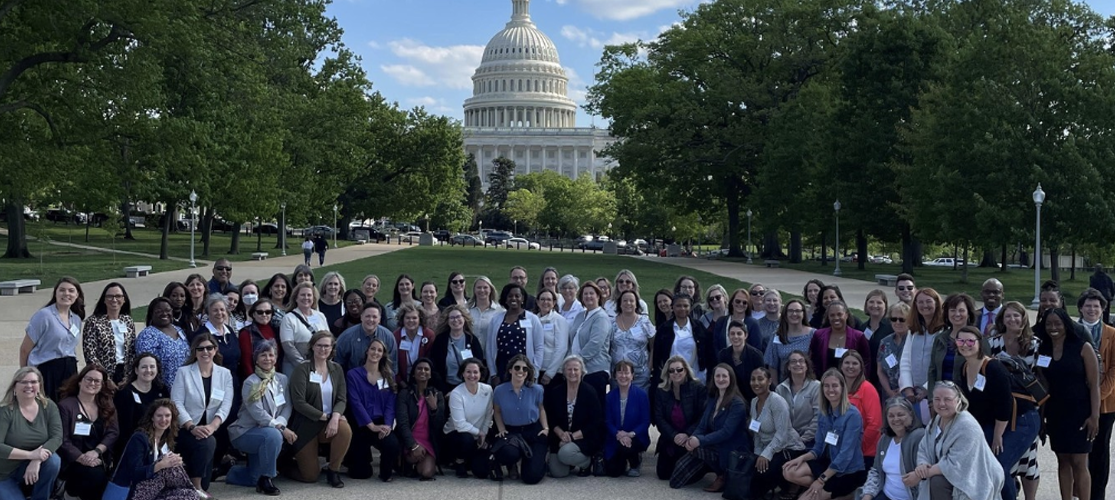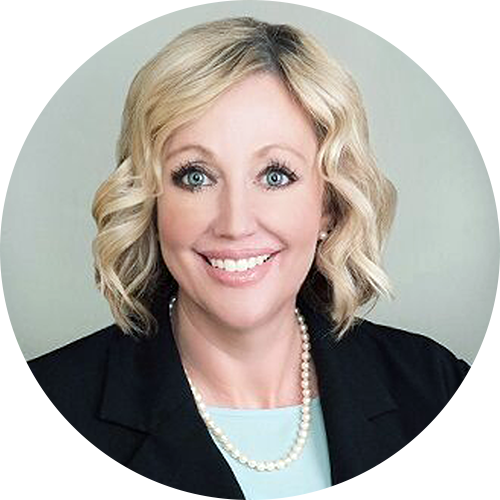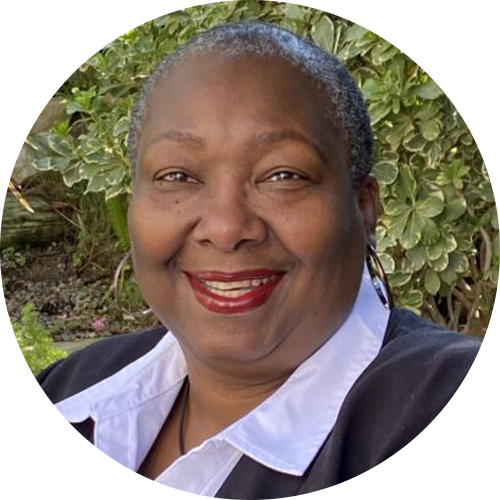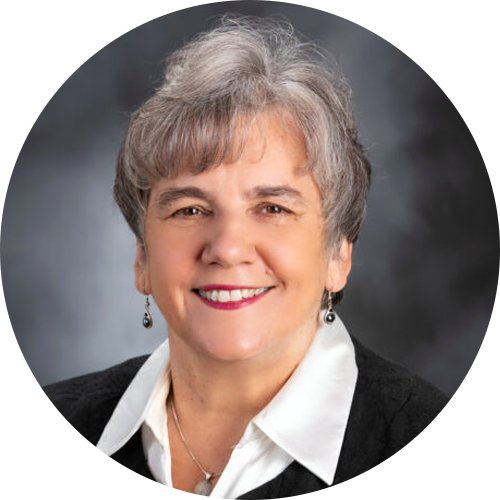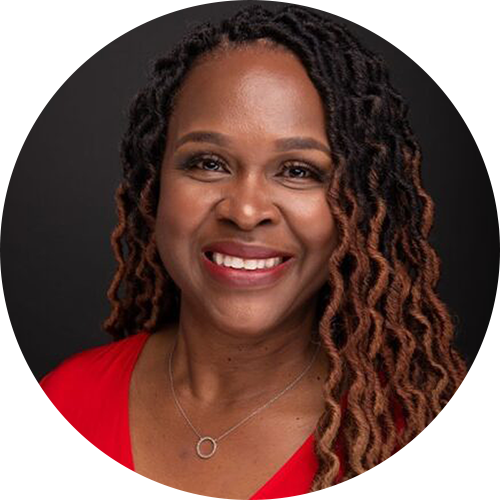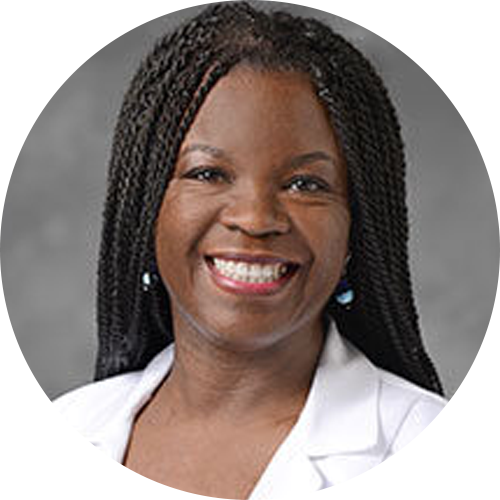Thursday, February 22, 2018
Posted by: Mary Elkordy
Black women are 243% more likely than white women to die from complications of pregnancy or childbirth, according to the latest data from the Centers for Disease Control and Prevention and Propublica, a collaborative of investigative journalists. One national study of 5 medical complications that commonly cause maternal death and injury determined black women were 2-3 times more likely to die than white women who had the same complications.
These truly alarming numbers are why during Black History Month and beyond the nurses of AWHONN want healthcare providers and moms alike to learn and share post-birth warning signs that have been shown to help new moms and their caregivers recognize potential problems and get the help they need—perhaps even saving their lives.
AWHONN has created specific instructions for acting on these warning signs called “SAVE YOUR LIFE: Get Care for these POST-BIRTH Warning Signs.” Here are the specific signs you should watch for and act on during the first year after birth:
- Pain in your chest
- Obstructed breathing or shortness of breath
- Seizures
- Thoughts of hurting yourself or your baby
- Bleeding that is soaking through one pad/hour, or blood clots the size of an egg or bigger
- Incision that is not healing
- Red or swollen leg that is painful or warm to touch
- Temperature of 100.4° F or higher
- Headache that does not improve, even after taking medicine, or bad headache with vision changes
If you are experiencing any of these post-birth warning signs, contact your health care provider or go to the nearest urgent care or hospital as soon as possible. For serious and potentially life threatening warning signs like pain in your chest, obstructed breathing, seizures, or if you have thoughts of hurting yourself or your baby, call 911. Let all responders know that you’ve just given birth within the past year.
Recognizing and acting on these warning signs and complications that can lead to a mom’s death or injury is essential to reducing maternal deaths in the U.S. Currently, maternal mortality rates—the number of women dying during or within 1 year of childbirth—are increasing, climbing 27% to 24 maternal deaths per 100,000 births since 2000. In the U.S., more than half of all maternal deaths occur after birth—often after discharge from the hospital. This doesn’t have to happen.
For black moms, it’s even bleaker. Black mothers in the U.S. die during or within 1 year of giving birth at 3-4 times the rate of white mothers. This difference in maternal deaths and injury among black women is a serious issue that needs our action. It’s encouraging to know that at least half of all pregnancy-related deaths are preventable when the warning signs of pregnancy or childbirth complications emerge and a mom can get the timely care she needs from her healthcare providers.
Share this information with other pregnant women you may know so that together moms and nurses can work to reduce maternal mortality rates, especially the higher rates among black women. Together, we can help women recognize the signs of a post-birth problem to prevent unnecessary injury or death.

